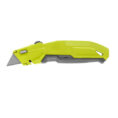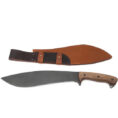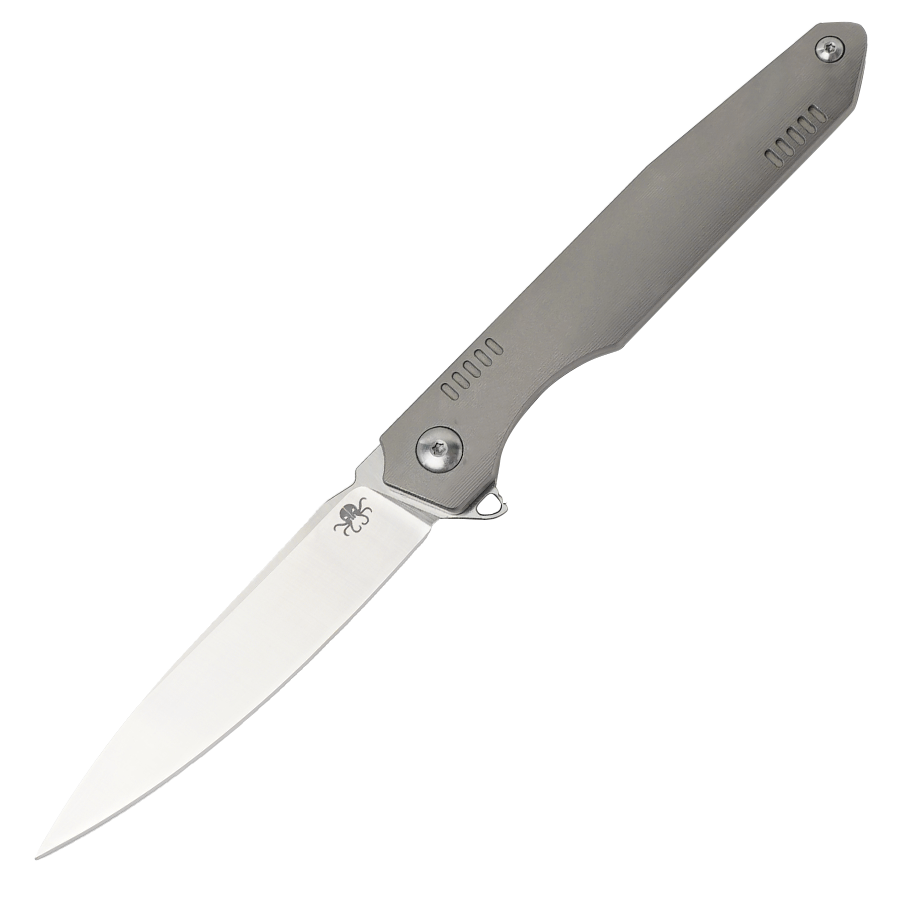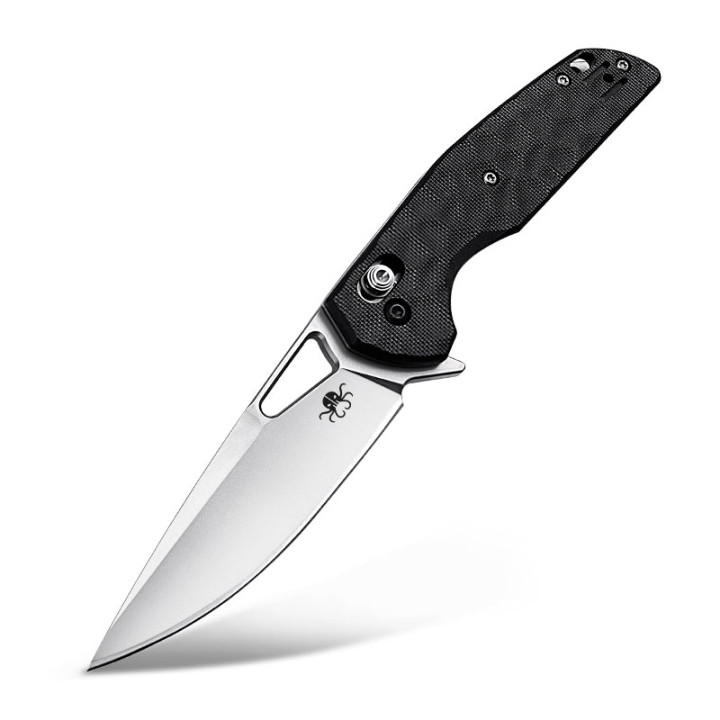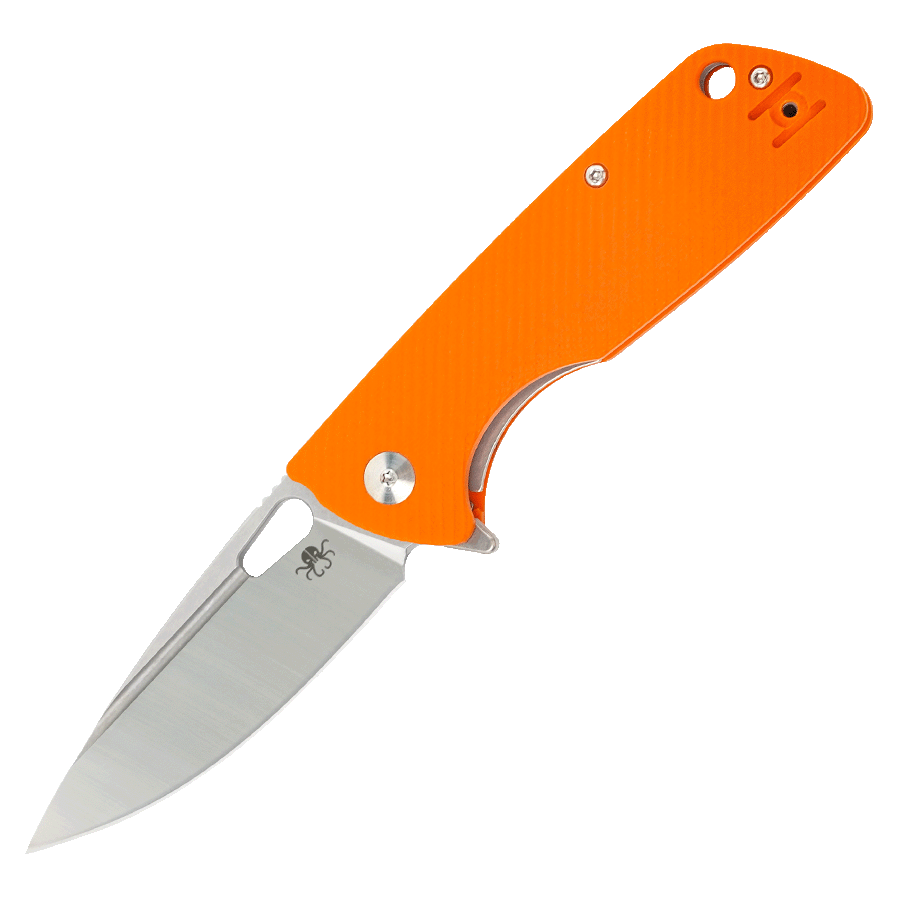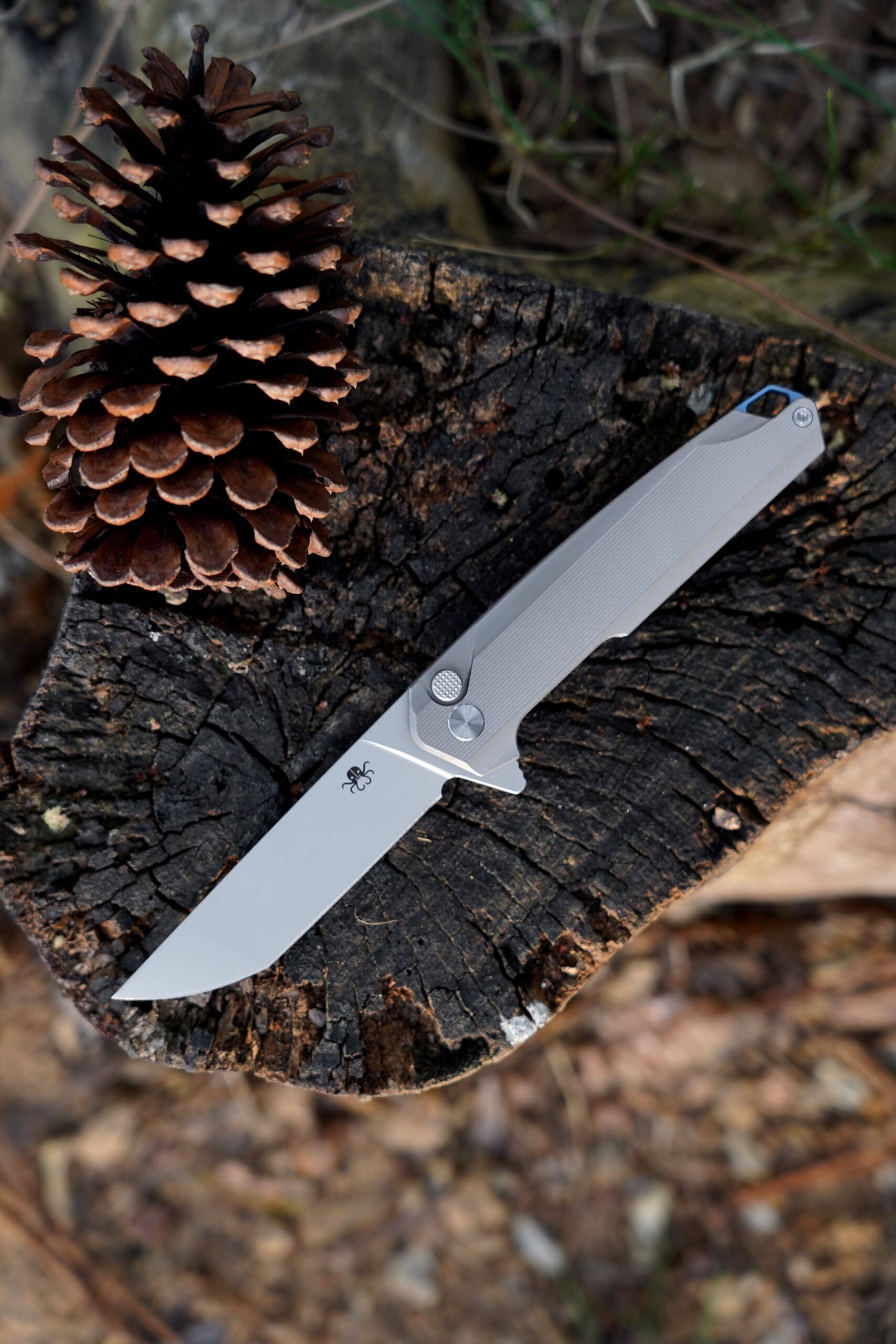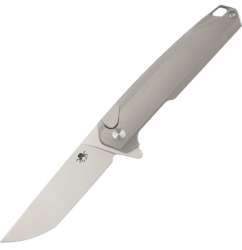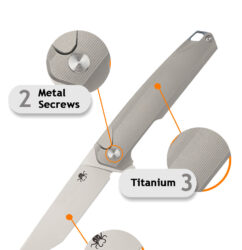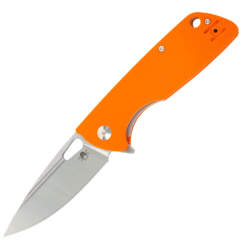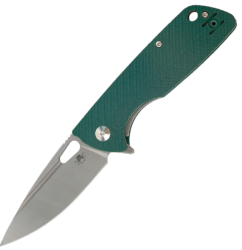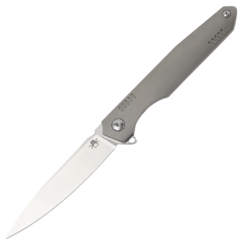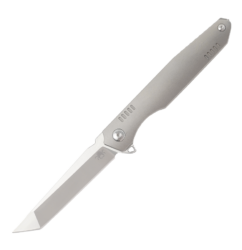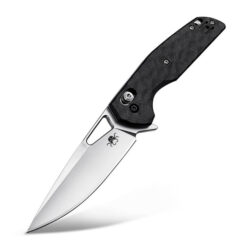What Classifies a Folding Knife: A Complete Guide

Folding knives are among the most versatile and widely used tools in the world, valued for their portability, convenience, and functionality. But what exactly makes a knife a “folding knife”? This guide explores the defining characteristics, mechanisms, and classifications that distinguish folding knives from fixed blades and other cutting tools.
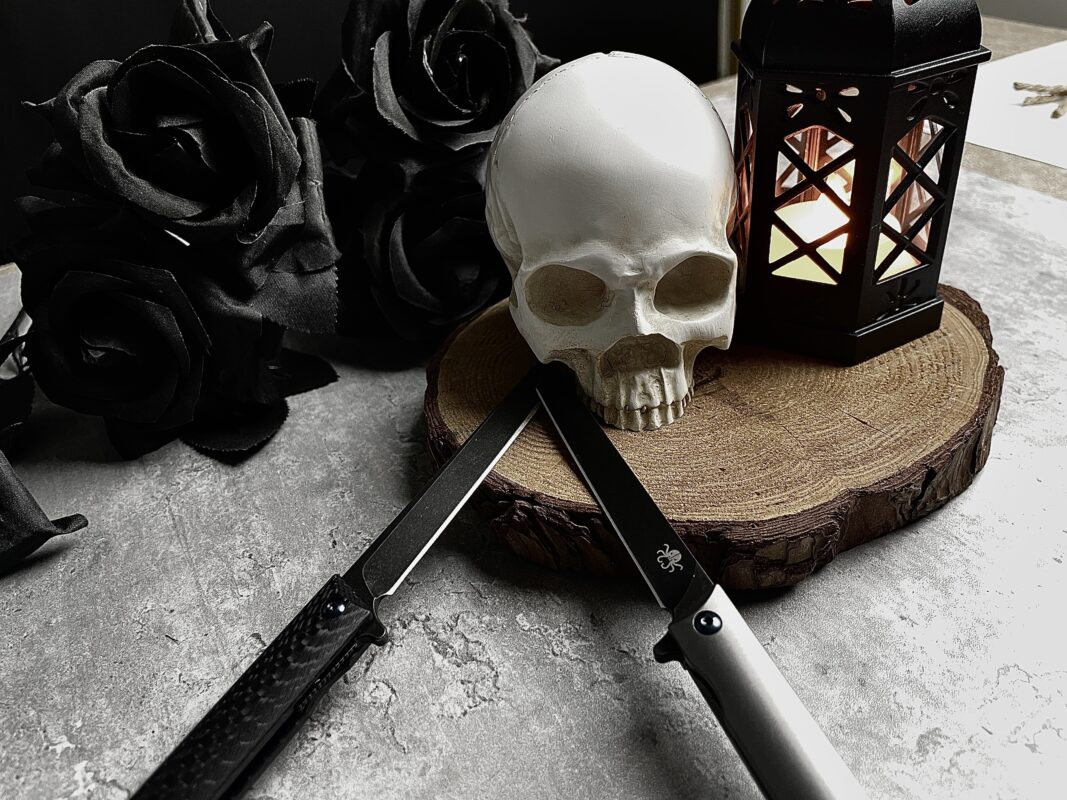
1. Definition of a Folding Knife
A folding knife is a type of knife with one or more blades that pivot into the handle when not in use. Unlike fixed-blade knives, which have a permanently exposed blade, folding knives are designed to fold for safe and compact storage. Key features include:
- Pivot Mechanism: Allows the blade to swing open and closed.
- Locking System (in most cases): Secures the blade in place when open.
- Portability: Designed for easy carrying in pockets, sheaths, or clips.
2. Key Components of a Folding Knife
Understanding the structure of a folding knife helps in identifying its classification:
A. Blade
- Materials: Common steels include stainless (e.g., 440C, VG-10), tool steel (D2, CPM-S30V), and high-carbon steel.
- Shapes: Drop point, clip point, tanto, wharncliffe, and spear point are popular designs.
- Grinds: Flat, hollow, saber, and convex grinds affect cutting performance.
B. Handle (Scales)
- Materials: G-10, titanium, aluminum, micarta, carbon fiber, or wood.
- Ergonomics: Textured or contoured for better grip.
C. Pivot & Deployment Mechanism
- Thumb Stud/Thumb Hole: Manual opening (e.g., Spyderco’s round hole).
- Flipper Tab: Uses a protrusion for quick deployment.
- Assisted Opening: Spring-assisted for faster release (e.g., Kershaw SpeedSafe).
- Automatic (Switchblade): Opens with a button press (legality varies).
- Slipjoint: No lock; relies on backspring tension (traditional pocket knives).
D. Locking Mechanism
- Liner Lock: A metal liner secures the blade.
- Frame Lock: Similar to liner lock but uses part of the handle frame.
- Axis Lock (Benchmade): A sliding bar locks the blade.
- Back Lock: A spine-mounted locking mechanism (e.g., Buck 110).
- Button/Plunge Lock: Common in automatic knives.
3. Types of Folding Knives
Folding knives can be categorized based on their locking mechanisms, deployment methods, and intended uses:
A. Traditional Slipjoint Knives
- No locking mechanism, relying on spring tension.
- Examples: Swiss Army Knife, Case Trapper.
B. Locking Folding Knives
- Liner Lock, Frame Lock, Axis Lock, etc.
- Examples: Spyderco Paramilitary 2, Benchmade Griptilian.
C. Assisted-Opening Knives
- Uses a spring to assist in blade deployment.
- Examples: Kershaw Leek, Zero Tolerance 0350.
D. Automatic (Switchblade) Knives
- Opens automatically via button or switch.
- Legal restrictions apply in many regions.
- Examples: Pro-Tech TR-3, Microtech Ultratech.
E. Gravity & Butterfly (Balisong) Knives
- Opens via centrifugal force or flipping.
- Examples: Benchmade 51 Morpho.
4. Legal Considerations
Folding knife laws vary by country and state. Key factors affecting legality:
- Blade Length: Some regions restrict blades over a certain length (e.g., 3 inches).
- Opening Mechanism: Automatic knives are banned in many places.
- Carry Laws: Concealed vs. open carry regulations.
5. Folding Knife vs. Fixed-Blade Knife
| Feature | Folding Knife | Fixed-Blade Knife |
|---|---|---|
| Blade Storage | Folds into handle | Always exposed |
| Portability | More compact | Bulkier |
| Strength | Pivot point can be a weak spot | More durable |
| Deployment Speed | Varies (manual/auto) | Instant |
| Maintenance | More moving parts | Simpler |
6. Common Uses of Folding Knives
- Everyday Carry (EDC): Light cutting tasks (opening boxes, cutting rope).
- Outdoor & Survival: Camping, hunting, and bushcraft.
- Tactical & Self-Defense: Quick-access defensive tools.
- Work & Utility: Construction, trades, and professional use.
Conclusion
A folding knife is classified by its ability to retract the blade into the handle, its deployment mechanism, and its locking system. From traditional slipjoints to modern automatic knives, each type serves different purposes and comes with unique advantages. When choosing a folding knife, consider blade steel, lock type, and legal restrictions to find the best fit for your needs.
Would you like recommendations based on specific use cases? Let me know how you plan to use your folding knife!



